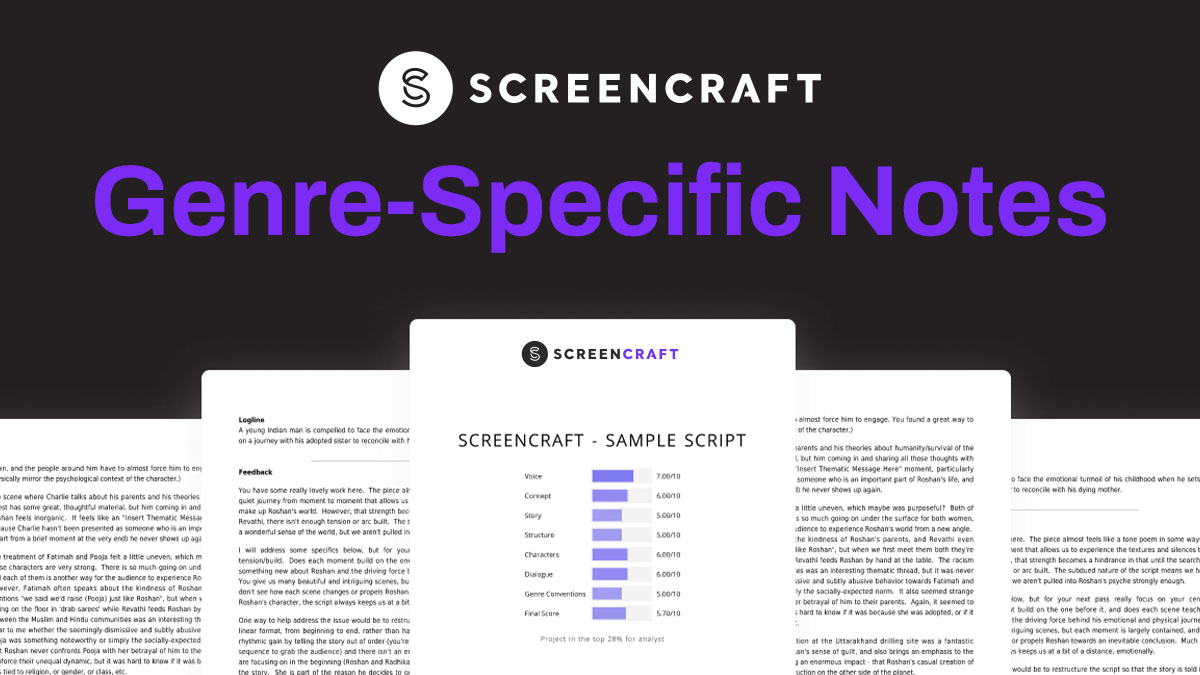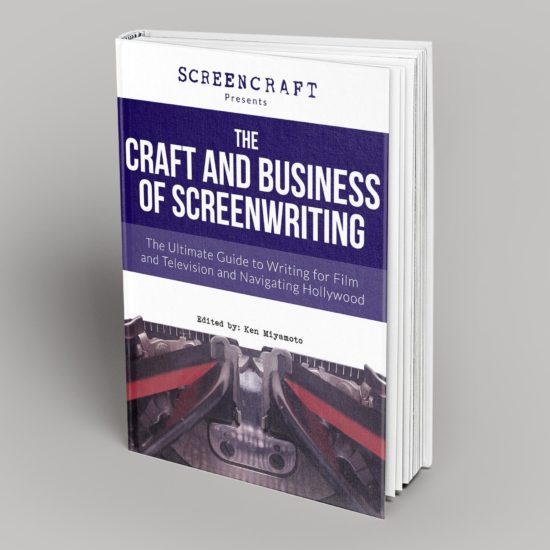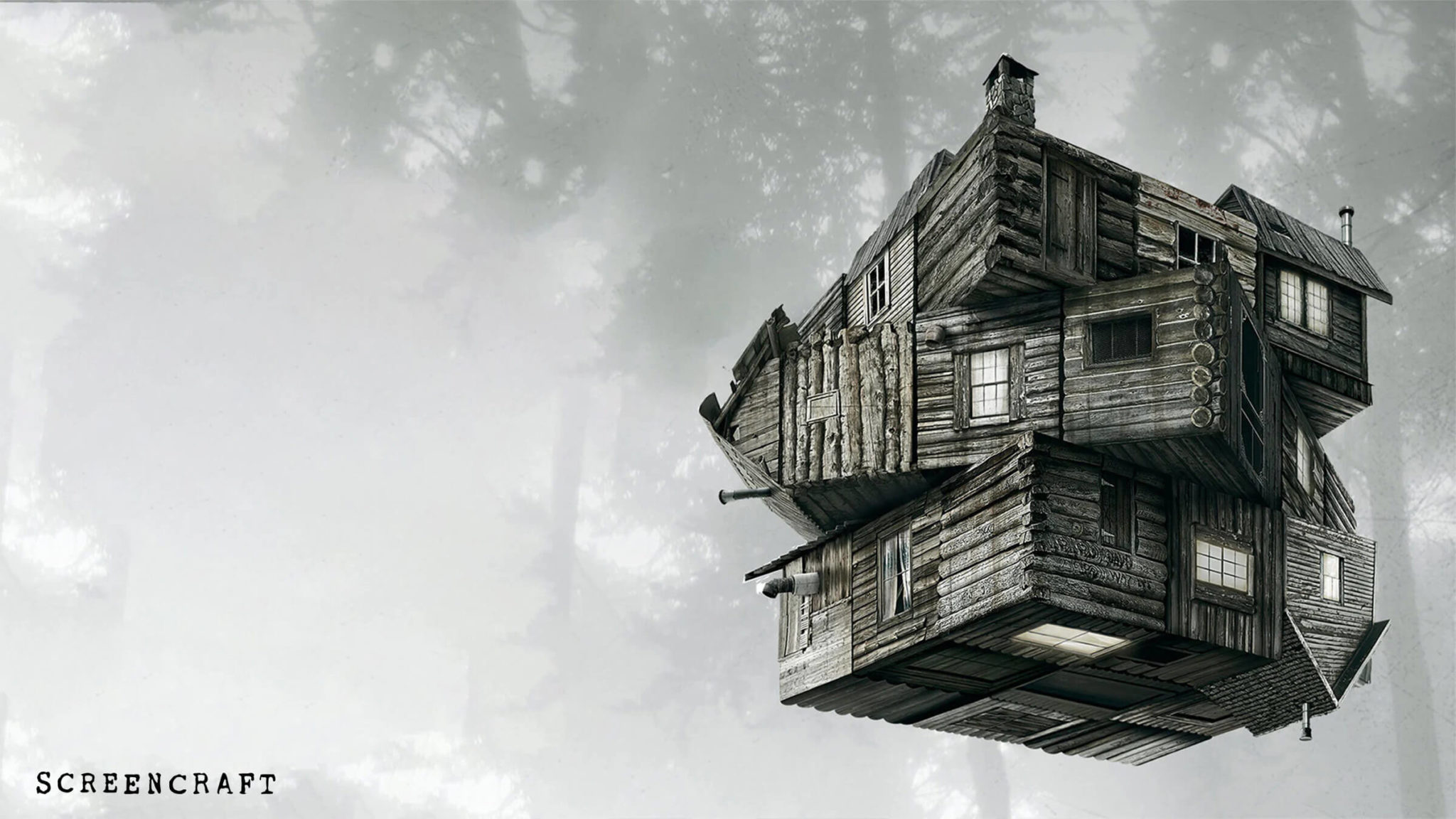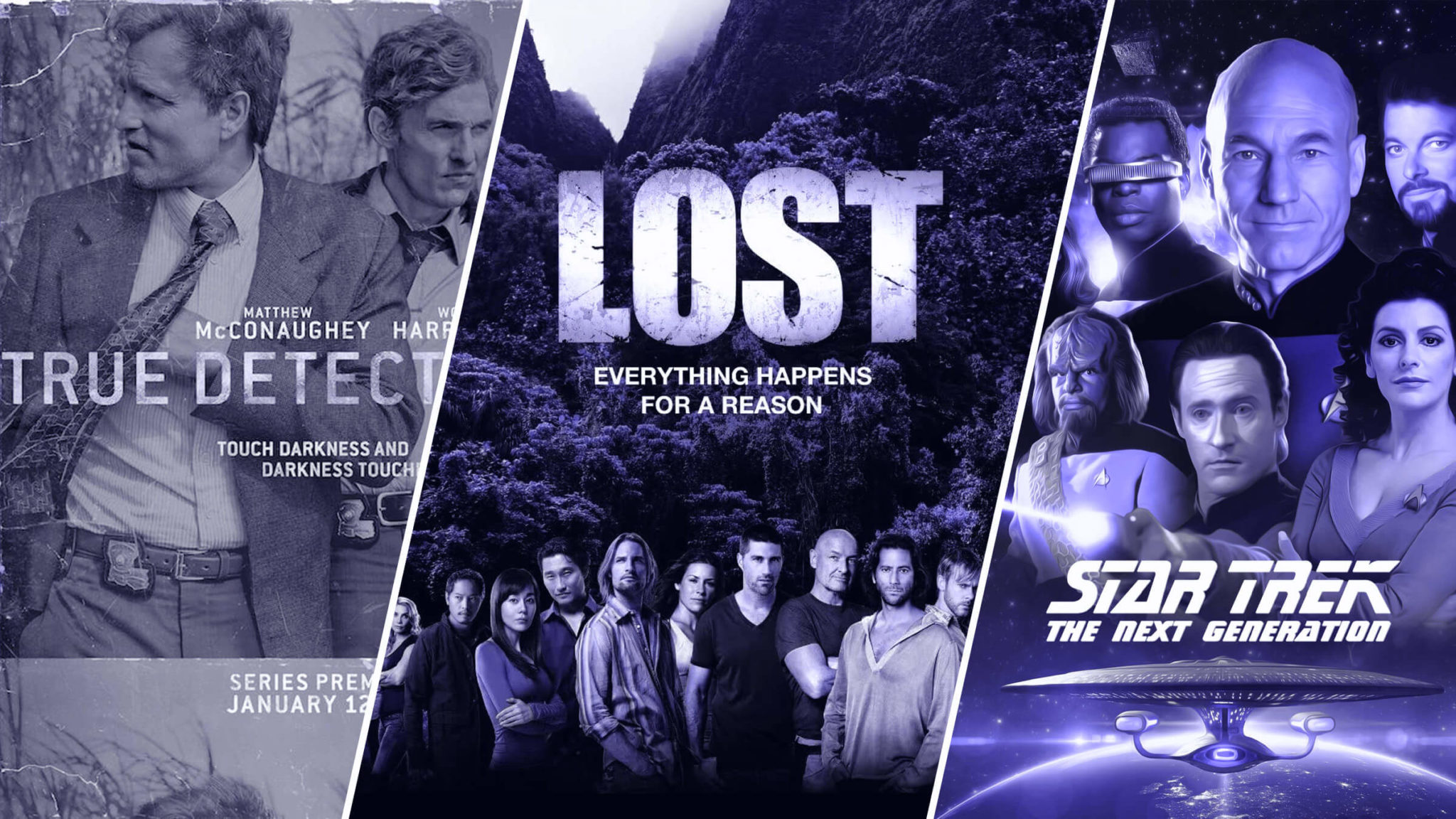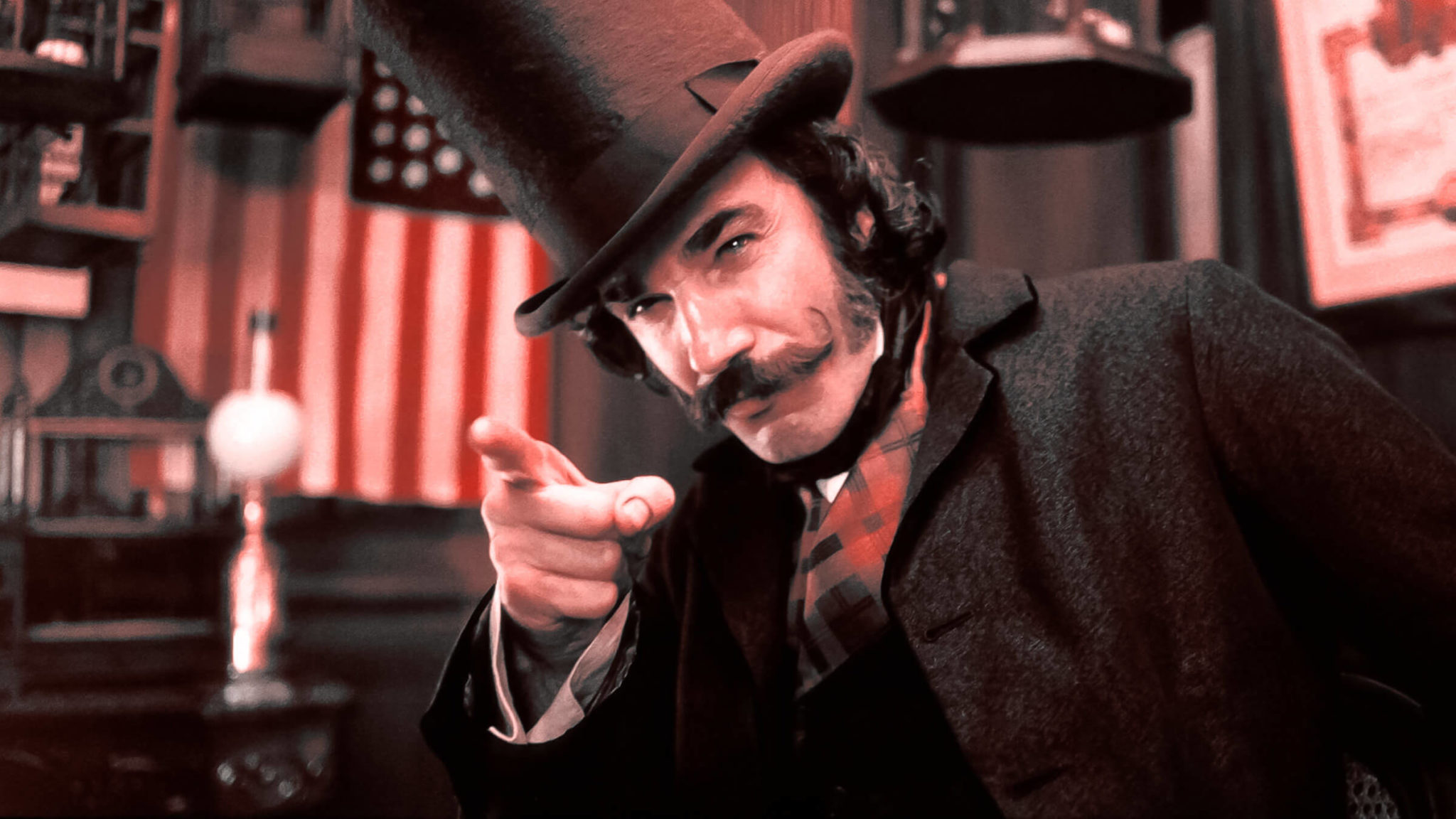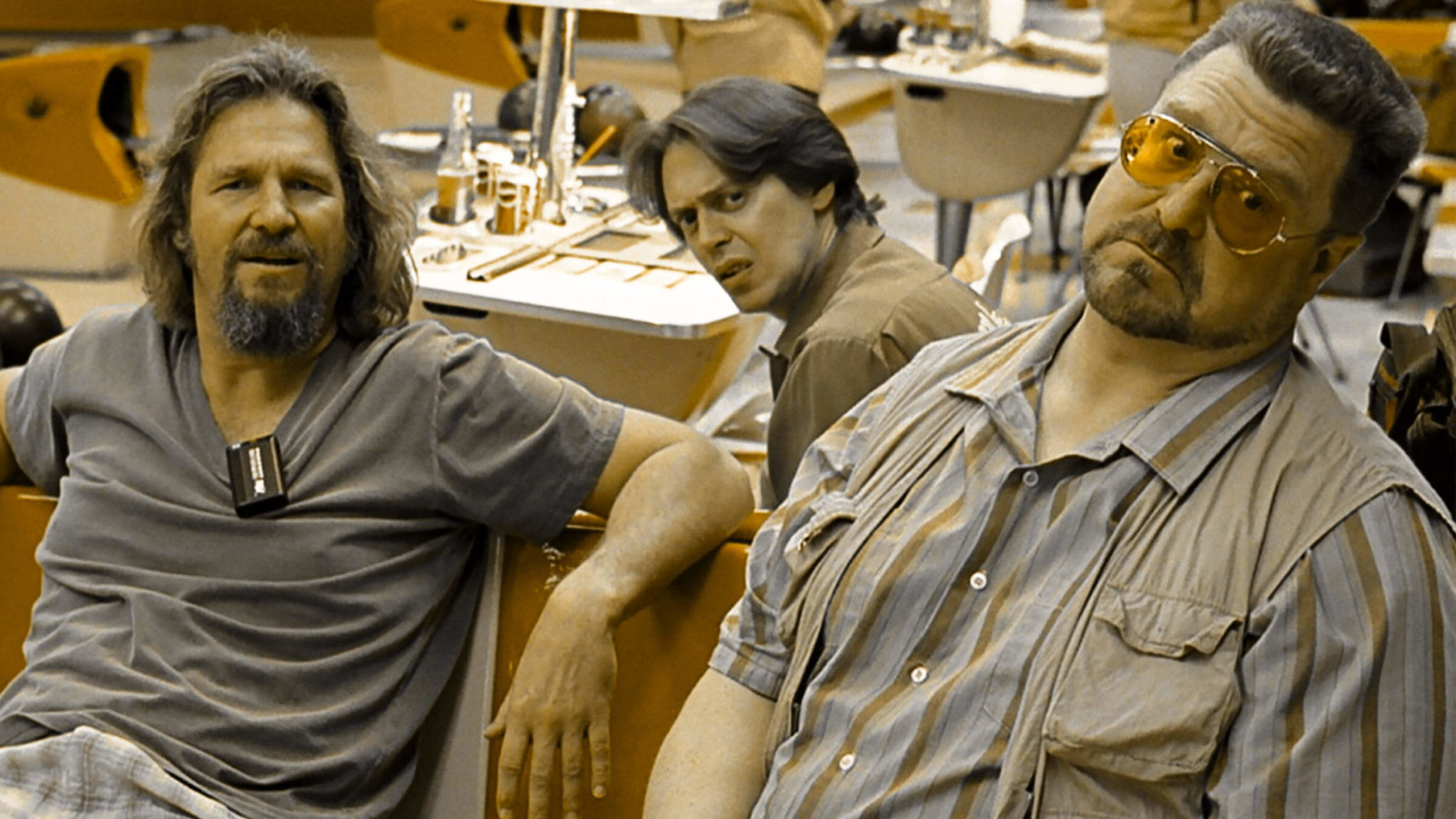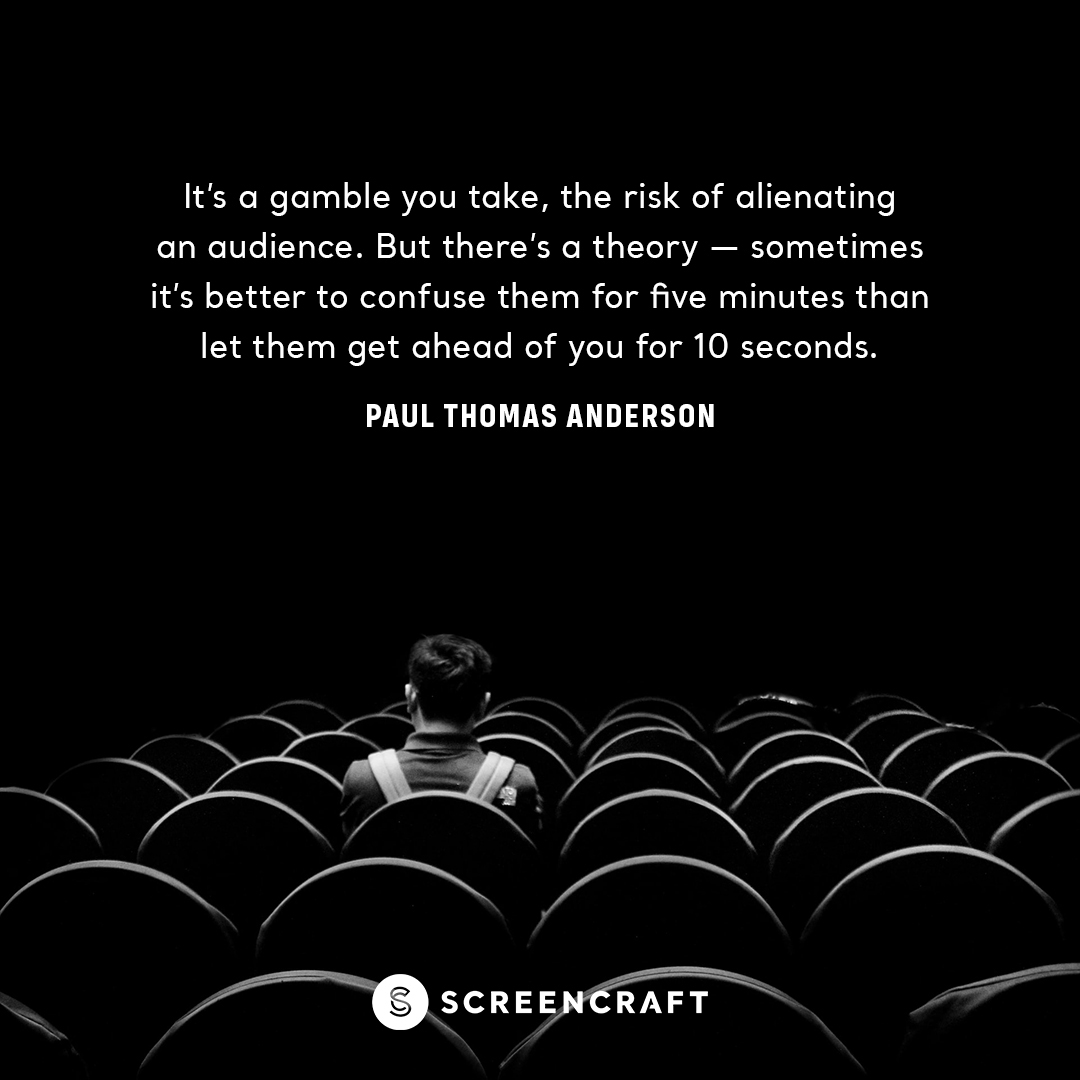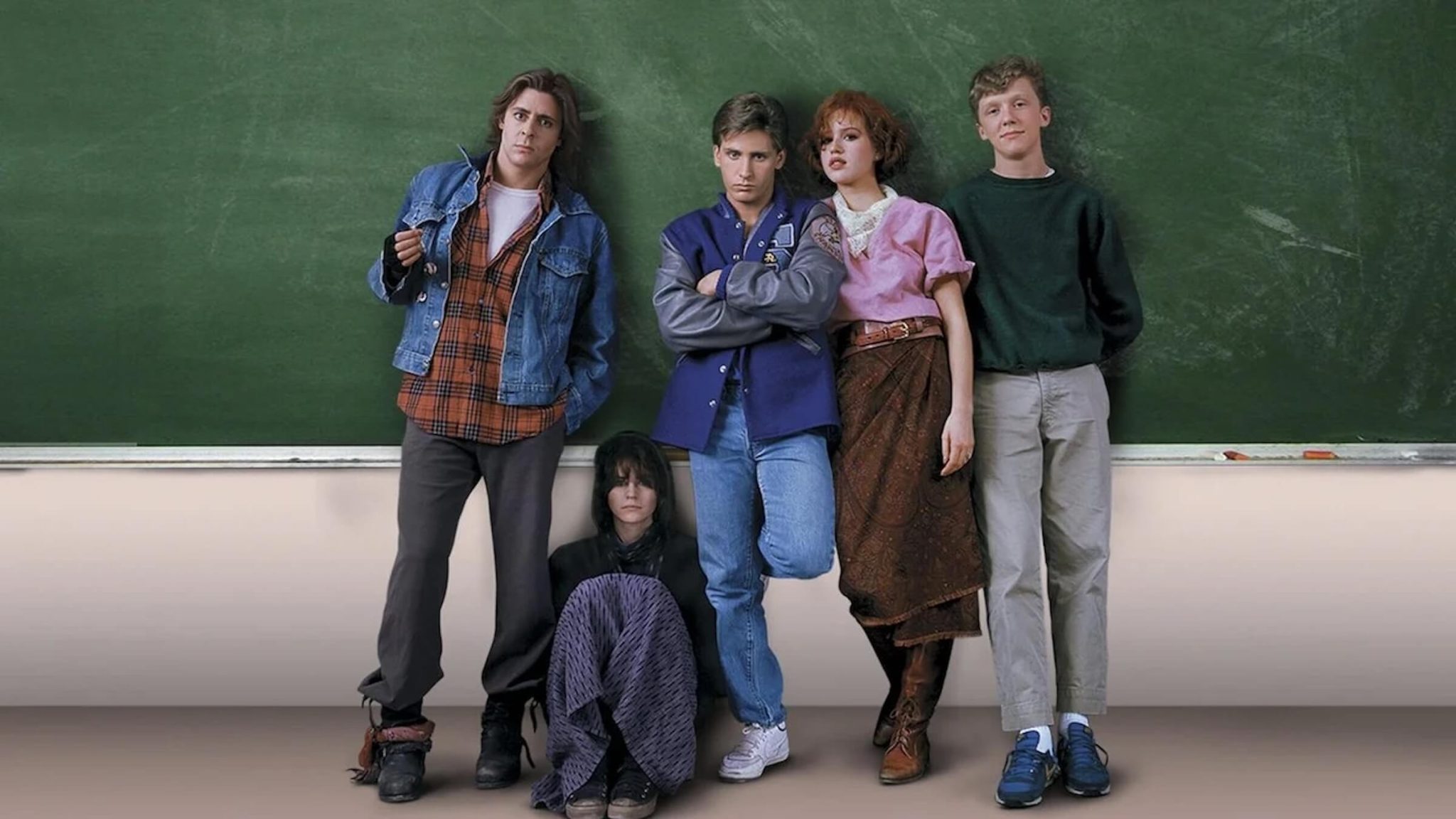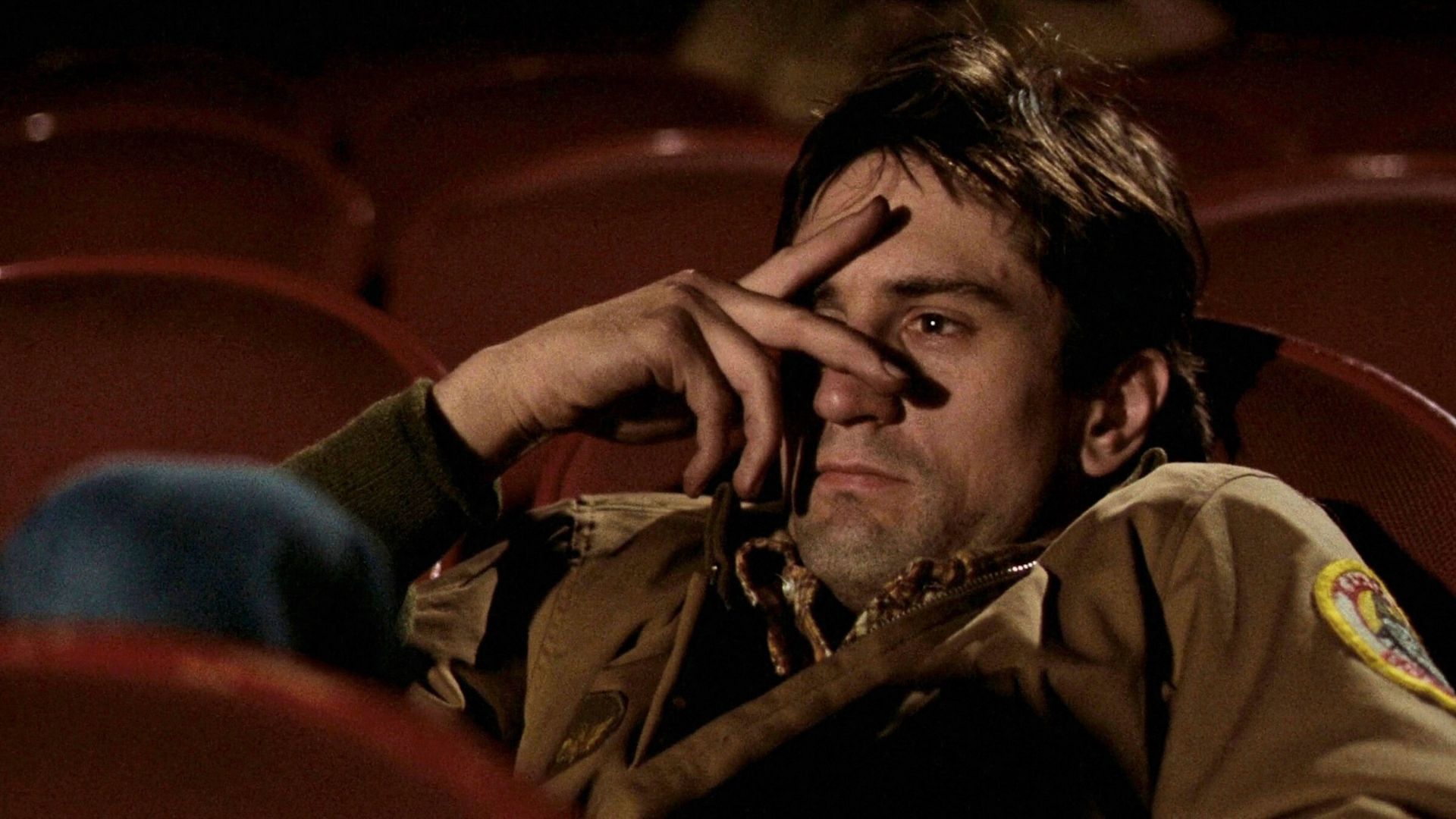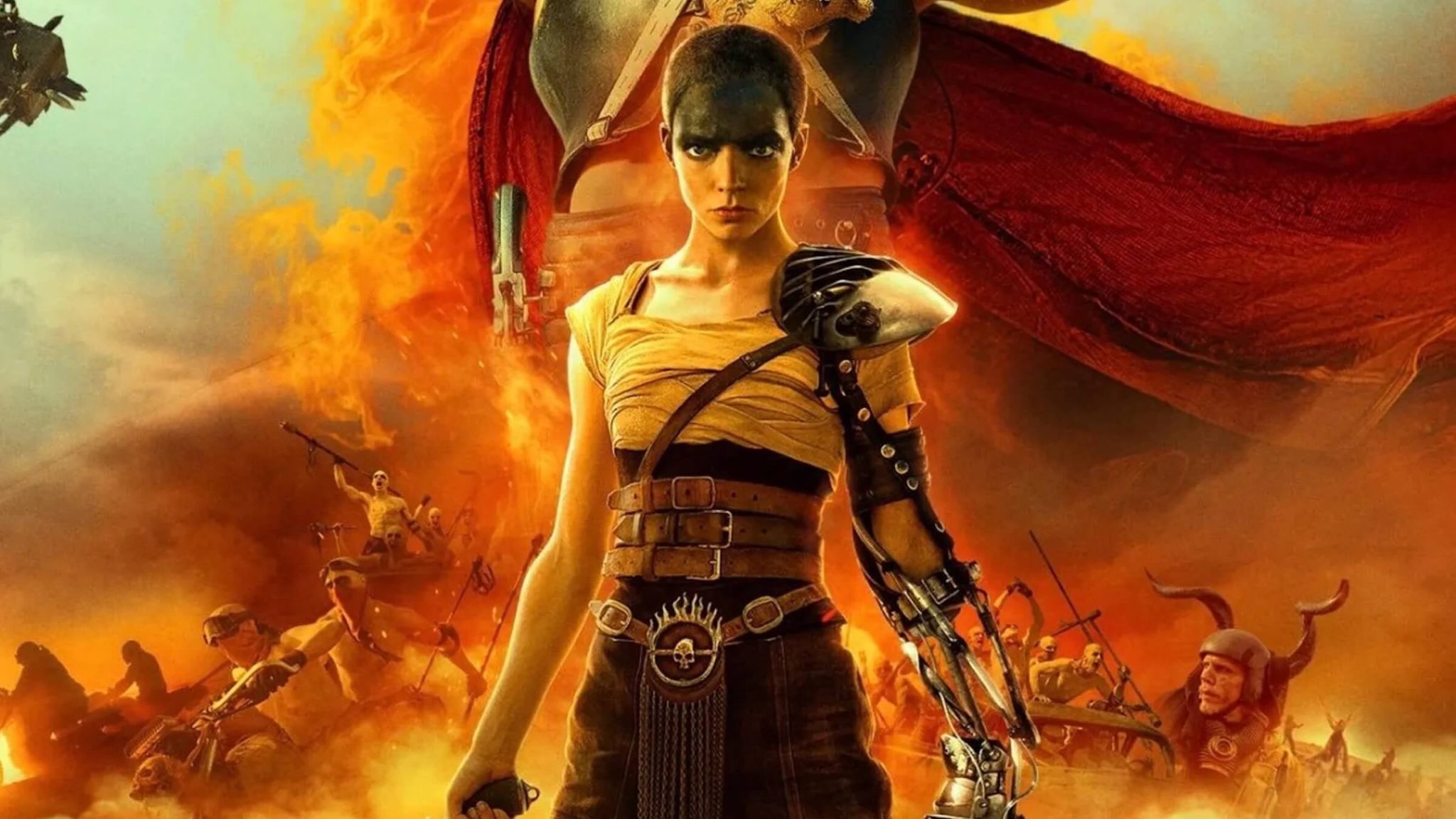
What will the near or distant future of screenwriting be like for screenwriters in and outside of Hollywood?
Predicting the future for any industry is difficult. Such predictions are often based on current trends, impending technology, and most of all, hope — hope for change, streamlining, and evolution.
Screenwriting itself hasn't changed too much in the last one hundred years. A concept is conjured. A script is written and serves as a blueprint for production. Filmmakers, casts, and crews take the script and bring it to life.
Screenwriting format has been streamlined over the last few decades. Camera directions and stipulations as to where and how the film should cut have disappeared (unless the script is written by the director).
Read ScreenCraft's What You Are NOT Responsible for as a Screenwriter!
Scene description has embraced the less is more mantra.
Read ScreenCraft's Why Every Screenwriter Should Embrace “Less Is More”!
And some established writers are even changing how cinematic stories are told within a screenplay using more creative methods of cinematic storytelling.
Read ScreenCraft's 7 Screenwriting Lessons A QUIET PLACE Can Teach You!
Before we get into our predictions (and hopes) for the future of screenwriting, let us assure you that the science fiction angle of Artificial Intelligence (robots and computer programs) is not going to be a part of this discussion.

While AI has come a long way, it's clear that a human touch is necessary to create cathartic cinema.
Read ScreenCraft's A.I. Writes a Screenplay, Screenwriters Breathe a Sigh of Relief!
With the sigh of relief that robots and computers aren't going to be taking screenwriters' jobs anytime soon, let's hop into our time machine.
Here we make three bold predictions for what may be in store for screenwriters in the near to distant future.
1. Interactive Screenplays
Screenwriting software has evolved over the years, but we have yet to see a substantial shift with the new technology that is available today or in development for the near future.
Although we're getting some hints as to what may be in store for future screenwriters.
The writers behind Stranger Things, Matt and Ross Duffer, created an eye-opening visual presentation for their series pitch. Because the series was rooted in 1980s-era nostalgia — including the movies of Steven Spielberg and John Carpenter, as well as the paperback stories of Stephen King — the Duffers made the brilliant decision to include visual references of those projects to portray the atmosphere of the series they were pitching.

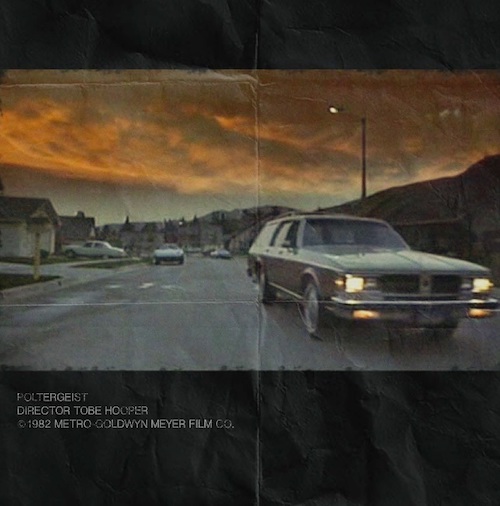
Read ScreenCraft's How to Sell Your TV Series the Stranger Things Way!
While these visual cues were a part of a pitch document, with the ongoing technology of coding and software it's easy to imagine that screenwriting software will be able to create living and breathing screenplays that can utilize conceptual art, photos, and other visual aids that can accompany screenplays in their evolved PDF format.
Such practices are already used for the pitching process. Why not inject these practices into near-future coding to create screenplays that can utilize visuals to give the script reader a point of reference? This practice would better communicate the intended scope and atmosphere that the screenwriter is trying to convey within their cinematic story.
Visuals could be peppered throughout the script or through optional links and pop-ups that the script reader could access with a mere touch of their screen.
While some screenwriters would unwisely overindulge in this option — including poorly directed and acted versions of scenes featured in the script — others that are savvier to the craft could feature original conceptual art, special effects reels, or full concept movie trailers.
Right now, the technology isn't there beyond embedding images within screenplay PDFs and links. But a company like Final Draft or any competitor could easily partner with Silicon Valley companies to create the next generation screenplay software and files that offer a more streamlined and aesthetically pleasing option.
Temp tracks could even be a part of the process in the near future as well.
Since music is a big part of the cinematic experience, screenwriters could even upload musical temp tracks that can be played during the read of the script for certain pinnacle scenes, sequences, and moments.
Read ScreenCraft's How to Use Music to Write Better Screenplays!
The technology is already there. We just need the bravery of a few souls to attempt to change the way we look at and read screenplays. And do so in such a way that enhances the experience and places more context to aid the writer in communicating their cinematic intentions within their stories.
2. The Partnering of Screenwriters and Coders
The gaming industry is booming.
According to a Global Games Market Report, in 2016, the worldwide video game industry generated a revenue of $99.6 billion. Hollywood only managed to rake in “just” $36 billion in that same year.
Grand Theft Auto V, the ultimate video game record breaker, made $815.7 million in its first day of release. That’s not a typo — its first day of release. Some of the biggest summer blockbusters in movie theaters take three months or more to make that amount worldwide — if they’re lucky.
But while the gaming industry is broadening its reach to include Hollywood writers on major projects, we have yet to see coders properly matched with story writers to the point that it's an equal collaboration.
Video game writing is a unique position and skill. We need to debunk the fantasy that screenwriters often have when it comes to writing for video games — that they can conceptualize their own stories, characters, and concepts and sell them to the video game industry, much like they would try to sell spec scripts to movie studios.
And even beyond the spec myth, it’s clear that being a game writer is an entirely different ball game with the full focus on game design and gameplay, rather than story and character narratives.
Yes, video games now have more depth in that respect, but, in the end, they aren’t movies or television episodes. They’re video games augmented by story and character.
As of now, if you love video games and want to be part of that creative process, you need to understand that it’s a much different journey than that of a screenwriter. Screenwriters need to consider entering the industry through the various technical doorways of game design.
Read ScreenCraft's So You Want to Write for Video Games?
However, what if screenwriters and coders could collaborate more like a writing partner unit, to the point where a screenwriter can conjure an image and the coder can immediately render that image — much like a screenwriting duo that has one person dictate scene description while the other types?
We know that coding takes a lot of work these days, but if you've visited Pixar or any Computer Graphics-driven company like ILM, you noticed that generating a landscape and augmenting it with a few clicks of a mouse or taps of a screen is a reality today. Imagine what could be available to coders — and their screenwriting partners — ten or twenty years from now.
Look at how much smartphones have changed our lives in just over a decade.
In the near future, the gaming industry could very well embrace screenwriters more than they do now, where writing a visual doesn't take as long to design and render.
And then look no further than the untested world of Virtual Reality. Imagine the day when coders can create the worlds that screenwriters envision — and then allow people to inhabit those worlds in digital form.

Some may laugh, and some may scoff, but we're not that far from these capabilities.
Learn how to train yourself to be ready for screenwriting success with this free guide.
3. Studios and Production Companies Going Back to the Contracted Screenwriter Days
Before the 1970s, screenwriters and actors worked within specific studios under contract for multiple projects.
Screenwriters were essentially studio employees that were paid salaries through the studios to work on whatever projects were needed in any given fiscal year.
When the concept of a spec script — screenplays written under speculation that they would be produced — began to take hold in the early 1970s, the contracted studio screenwriter system faded.
Now, most screenwriters are contracted to work on individual projects and are free to bounce back and forth between multiple studios and production companies. And because Hollywood development is such a long and arduous process, the system of payment is confusing and frustrating on both ends of the table. Hollywood doesn't want to pay big money for development, but they need screenwriters. Screenwriters don't (and shouldn't) work for free, even though Hollywood tries to make them do so through the competitive pitching process where screenwriters compete — for free — against each other to win coveted studio writing assignments.
And it's become challenging for incoming screenwriters to break through and be discovered because Hollywood is risk-averse, always depending on the name value of a screenwriter, even though a new screenwriter with no credits could be the next big thing.
With the growth of the film industry platform, and especially within the realm of television, internet, and streaming channels, more and more content is needed. This growth doesn't show any signs of stopping.
Studios, production companies, network, and streaming channels are going to need more and more features and shows. And that means they're going to need screenwriters to write them. Individual contracts take a lot of time to vet writers and separate the good from the bad — or the seasoned veterans from the not-yet-ready.
What if studios and production companies go back to a variation of the old studio system where writers are brought in for multi-year and multi-project contracts? We do see this happening somewhat with "term deals" and development deals. But for stability-sake for both the writer and the studio, contract deals may be the future.
Bonus Prediction
Some studios are opening their doors to newcomers in the form of fellowships and free competitions to find worthy screenwriters to sign on as contracted writers — tasked to develop projects for the studio and possibly take on additional paid writing assignments.
Ron Howard and Brian Grazer have opened the doors of Imagine, creating their exclusive Imagine Impact 8-week accelerator program that offers writers $40,000 and a world-class mentor to help shape their best work. The company allows anyone to submit a single concept pitch — along with a video, writing sample, and extensive application process — for consideration.

Throughout the two-month program, the selected writers (they usually take around 20) work with the company and their peers to develop and write the pitch into either feature or series pilot form. They are then given the opportunity to pitch it to Imagine and their affiliates and industry insider friends.
As the platforms of film, television, and streaming expand, Hollywood may jump onto the bandwagon and change the way that writers are discovered.
These days, it's through networking and connections, as well as through luck and using the contest, competition, and fellowship market as a filtration process.
The current phrase in that respect is, "The cream will rise." Meaning that the best scripts and best writers will rise from the saturated market.
Perhaps Hollywood will follow the footsteps of Imagine and other studio programs and embrace novice screenwriters through discovery programs that lead to development deals, and maybe even direct project acquisitions.
The future of screenwriting is open to so many possibilities. All that it takes is a few brave souls to get the ball rolling.
Whether it's technology or the foresight to see that there are thousands of potential screenwriting stars on the rise, it's about time for some change and evolution.
And these are our four predictions in response to that hope and possibility. What are yours?
Ken Miyamoto has worked in the film industry for nearly two decades, most notably as a studio liaison for Sony Studios and then as a script reader and story analyst for Sony Pictures.
He has many studio meetings under his belt as a produced screenwriter, meeting with the likes of Sony, Dreamworks, Universal, Disney, Warner Brothers, as well as many production and management companies. He has had a previous development deal with Lionsgate, as well as multiple writing assignments, including the produced miniseries Blackout, starring Anne Heche, Sean Patrick Flanery, Billy Zane, James Brolin, Haylie Duff, Brian Bloom, Eric La Salle, and Bruce Boxleitner. Follow Ken on Twitter @KenMovies
For all the latest ScreenCraft news and updates, follow us on Twitter, Facebook, and Instagram.
Tags
Get Our Screenwriting Newsletter!
Get weekly writing inspiration delivered to your inbox - including industry news, popular articles, and more!



